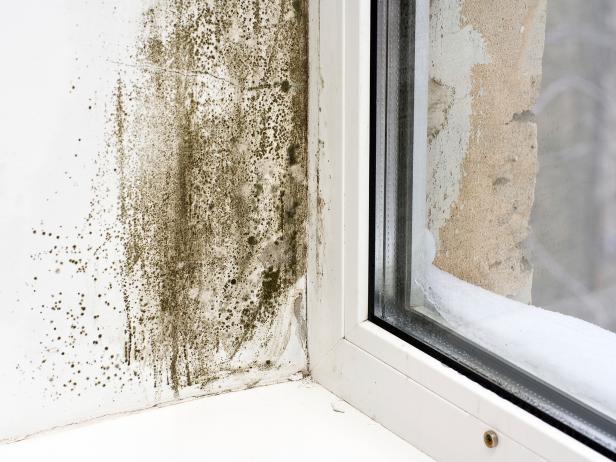How does mold and mildew get into our homes?
The more people who live in a home. The more likely it is that mold and mildew will grow inside it. This is because we release a lot of moisture in the air when we breathe. When we take long hot showers, cook with uncovered pots. Dry clothes on an indoor clothesline, or use humidifiers. We also make more moisture for molds to grow. Storing wet firewood, watering many plants, and storing many vegetables like potatoes and squash can make a mold problem more likely, too.

What is mold and mildew?
As long as they stay put behind the laundry tub, out of sight under the basement carpet, or only peek around the edge of the bathroom wallpaper, who cares? Well, you should, because they’re not only eating away at your house, they could be eating away at your health, too. Here we’ll take a look at what mold and mildew are, how they affect the health of you and your house and. Finally, how you can prevent their growth and how to get rid of mildew and mold.
How mold and mildew affect your home
Molds just like to feast on the every day dust and dirt that gather in the perpetually moist regions of your house. They won’t destroy your house, but they can sure make it look, feel and smell bad. Mold can mar your walls with white spider web. Like growths or clusters of small black specks. It creates the smell we often refer to as “musty.” This white mold in a basement can be slippery and dangerous when it grows on damp basement stairs. Molds rarely go so far as to rot wood or do structural damage—they’ll leave that to their fungal cousins—but they can wreak plenty of havoc. We can’t overemphasize that mold needs moisture to get established, grow and reproduce. Mold problems and longstanding moisture or high humidity conditions go hand in hand. To conquer mold, you must also conquer moisture problems. Fig. B shows common hangouts for mold and some steps you can take to minimize its growth and the damage it inflicts.

